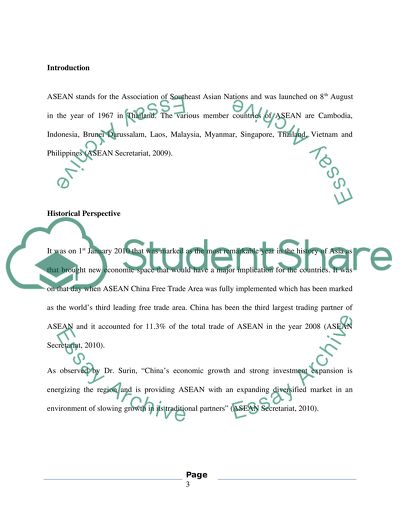Cite this document
(“Geopolitical Paper Essay Example | Topics and Well Written Essays - 1500 words”, n.d.)
Geopolitical Paper Essay Example | Topics and Well Written Essays - 1500 words. Retrieved from https://studentshare.org/miscellaneous/1570238-geopolitical-paper
Geopolitical Paper Essay Example | Topics and Well Written Essays - 1500 words. Retrieved from https://studentshare.org/miscellaneous/1570238-geopolitical-paper
(Geopolitical Paper Essay Example | Topics and Well Written Essays - 1500 Words)
Geopolitical Paper Essay Example | Topics and Well Written Essays - 1500 Words. https://studentshare.org/miscellaneous/1570238-geopolitical-paper.
Geopolitical Paper Essay Example | Topics and Well Written Essays - 1500 Words. https://studentshare.org/miscellaneous/1570238-geopolitical-paper.
“Geopolitical Paper Essay Example | Topics and Well Written Essays - 1500 Words”, n.d. https://studentshare.org/miscellaneous/1570238-geopolitical-paper.


